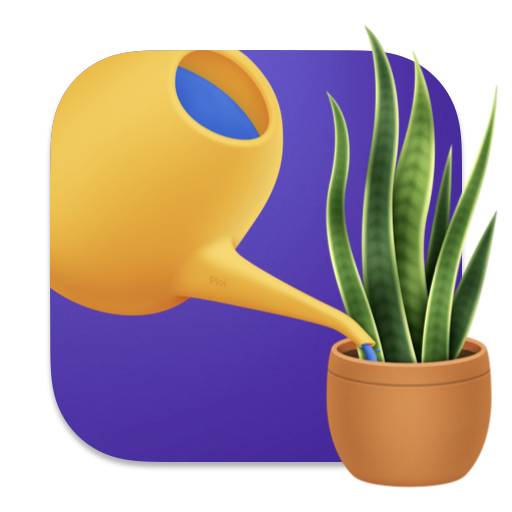Ficus lyrata aka Fiddle Leaf Fig
Taxonomy ID: 1221
Ficus lyrata, also known as the Fiddle-Leaf Fig or the Banjo Fig, is a tropical evergreen tree known for its large glossy violin-shaped leaves. Commonly grown as a houseplant, it prefers bright, indirect light and well-draining soil, it purifies the air, and is relatively low maintenance. making it a great addition to any home. It can grow up to 40 feet tall in its natural habitat, but it is commonly kept pruned to a smaller size.
Common names
Fiddle Leaf Fig, Lyre Leaf FigtreeMore information about Fiddle Leaf Fig
How difficult is it to take care of Fiddle Leaf Fig
If you're looking for a plant that offers a moderate level of challenge, Fiddle Leaf Fig is a great choice to test your gardening skills.
What is the region of origin of Fiddle Leaf Fig
Fiddle Leaf Fig’s native range is worldwide Tropics.
What are the water needs for Fiddle Leaf Fig
Fiddle Leaf Fig should be watered regularly, allowing the soil to dry out between waterings.
What is the right soil for Fiddle Leaf Fig
Fiddle Leaf Fig loves a well-draining soil. Perlite and vermiculite help with drainage, while coco coir adds organic matter, so a good potting soil mix will have all three. You can improve store-bought soil by adding some perlite to it.
What is the sunlight requirement for Fiddle Leaf Fig
To ensure optimal growth, the Fiddle Leaf Fig prefers bright indirect light for 6-8 hours each day. Insufficient light can result in slow growth and leaf drop, so it's important to find a well-lit location for this plant. Place it near a window, within a distance of 1 meter (3 feet), to enhance its potential for thriving.
What's the right humidity for Fiddle Leaf Fig
No extra humidity is necessary for the Fiddle Leaf Fig. Absorption of water by plants is primarily done through their roots, and soil watering is the most effective method to provide humidity to your plants.
How to fertilize Fiddle Leaf Fig
Repotting the Fiddle Leaf Fig should be done either when it has doubled in size or on a yearly basis, whichever occurs sooner. Fresh potting soil with all the required nutrients, refreshed annually, will provide the plant with all the necessary sustenance, making the use of fertilizer unnecessary. Keep in mind that plants receive their energy from the sun, not fertilizer.
Is Fiddle Leaf Fig toxic to humans/pets?
Fiddle Leaf Fig is poisonous if ingested. We suggest keeping this plant out of reach if you have children, cats, or dogs in the home.
What seasonal care does Fiddle Leaf Fig need?
During the cold period, it is common for Fiddle Leaf Fig to go dormant, resulting in a slowdown of growth. To accommodate this, waterings should be spaced out more.











